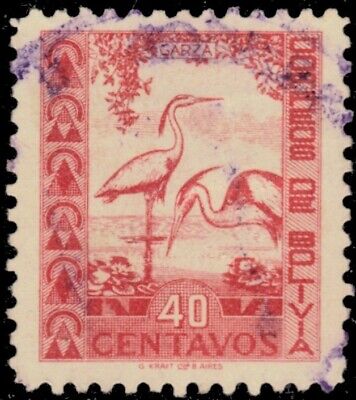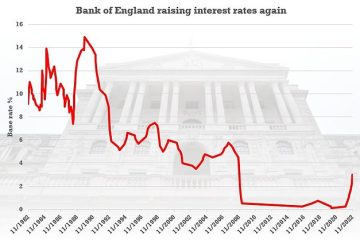Understanding the Current Situation in Bolivia

Introduction
Bolivia, a landlocked country in South America, has historically been a tapestry of rich culture, diverse geography, and complex politics. In recent years, the nation has faced significant challenges that continue to shape its socio-political landscape. Understanding the current situation in Bolivia is vital for grasping not just its internal dynamics but also the impact on regional stability and international relations.
Current Political Landscape
The political environment in Bolivia has been tumultuous since the ousting of former President Evo Morales in 2019 amid allegations of electoral fraud. The subsequent political crisis led to widespread protests and a power vacuum that altered the nation’s governance. In 2020, Luis Arce, from Morales’ MAS party, took office after winning the presidential election with a significant majority. His return to power was seen as a shift back to the leftist policies that had characterised Morales’ governance. However, the aftermath of political unrest has lingered, affecting public trust and stability.
Economic Challenges
Economically, Bolivia has struggled with low growth rates and high inflation, worsened by the global COVID-19 pandemic. The country relies heavily on its natural resources, particularly natural gas and mining. Recent estimates show GDP growth at a modest 3.1% as it recovers from the pandemic’s impacts. Nonetheless, foreign direct investments remain critical for rejuvenating the economy. In the last year, the Bolivian government has made efforts to bolster infrastructure projects and attract international partnerships, particularly in the lithium sector, which is poised for growth given the rise in electric vehicle production.
Social Issues and Protests
Socially, the country is grappling with significant issues such as poverty and inequality, which have sparked protests. Indigenous groups and various civil society organisations continue to voice their demands for better representation and rights. In recent months, protests related to issues such as environmental policy, land use, and resource management have intensified, indicating that while political changes have occurred, the quest for equality and justice remains a pressing concern.
Conclusion
In conclusion, Bolivia stands at a crossroads, with its political, economic, and social issues intertwined. As the nation strives for stability and development, it faces the dual challenge of maintaining political unity and addressing the urgent needs of its populace. The coming years will be crucial as Bolivia attempts to foster sustainable growth and inclusivity, as well as navigate its role in a changing South American landscape. For readers, staying informed about Bolivia is essential to understanding broader trends in regional politics and economics, as the country remains a key player in the geopolitics of South America.









